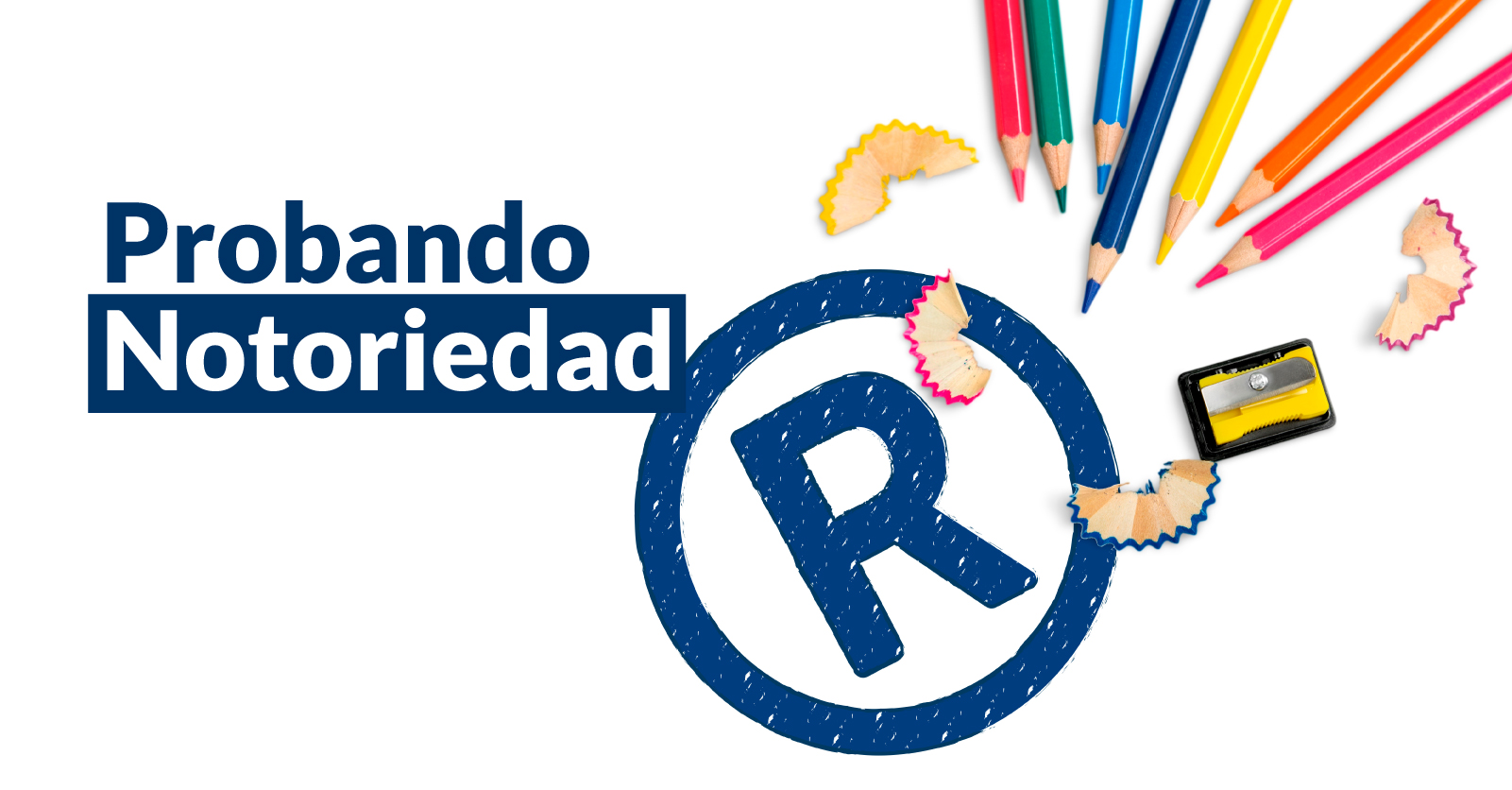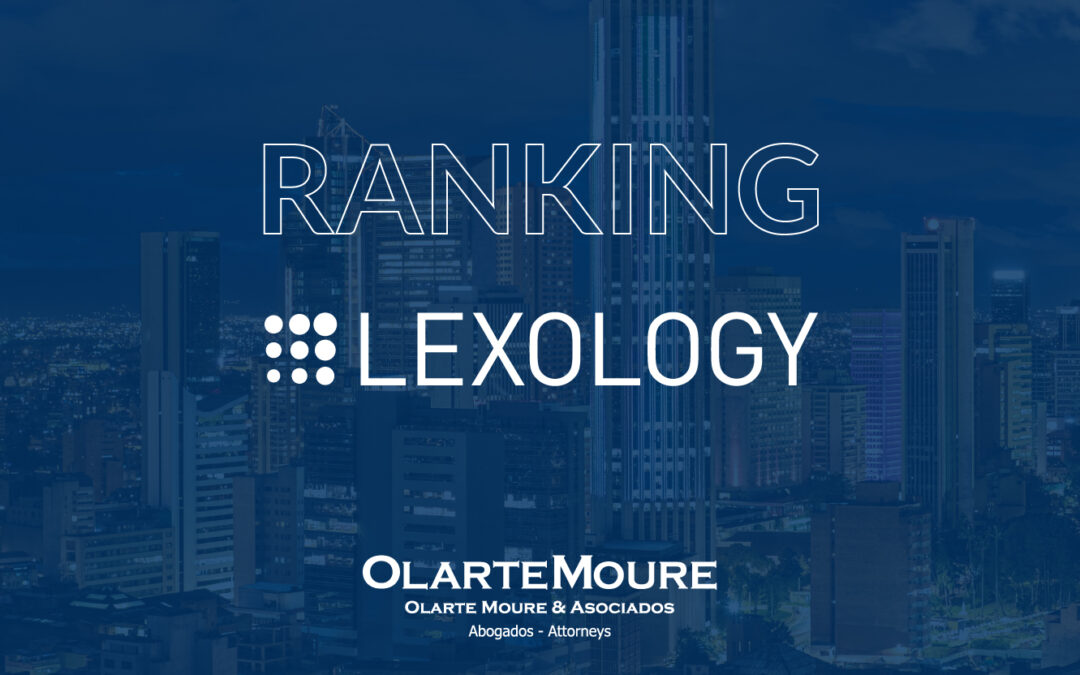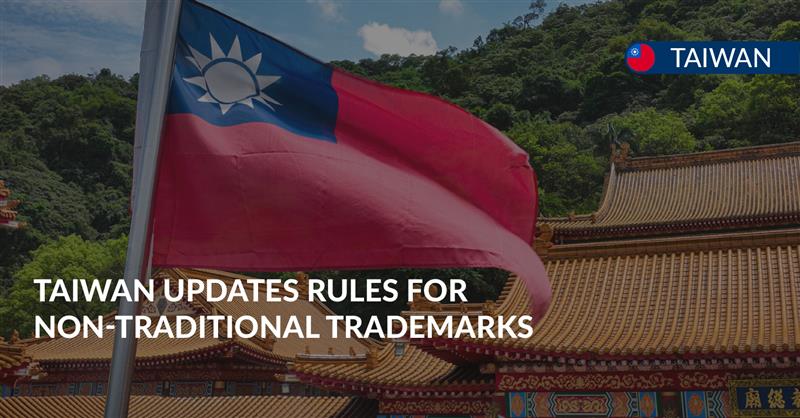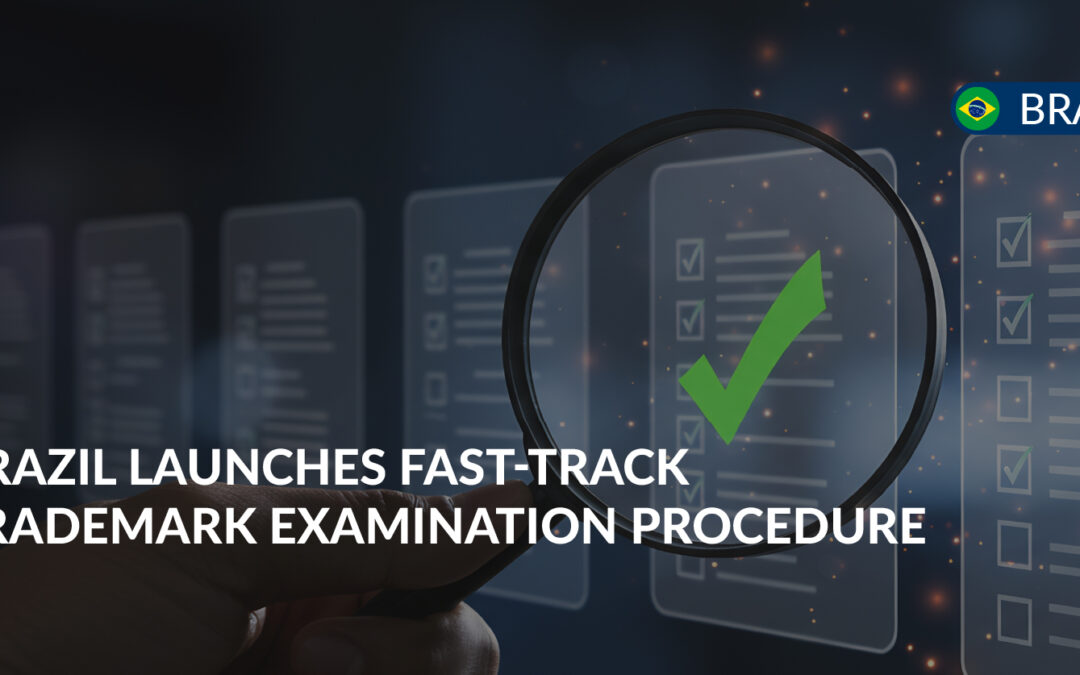A trademark is a sign that identifies a particular business’s products or services and distinguishes them from others in the marketplace. The scope of the trademark right is limited to the products or services identified by the trademark and within the territory where it was granted. However, there are some trademarks that have an extended scope of protection given their increased recognition in the relevant markeplace. This is the case of well-known marks and we will use the term “notoriety” to refer to this special condition. Notoriety grants a trademark additional protection beyond that provided to normal trademarks. The high degree of a trademark’s recognition within the pertinent sector grants a wider range of protection against use or registration by a third party.
Notoriety prevents a third party from reproducing or using an essential part of the trademark in connection with products, services or activities that could generate a likelihood of confusion, a risk of mistaken association, an unfair advantage of the trademark’s prestige or reputation, and also protects against dilution of its distinctiveness or its commercial or advertising value.
There are broad evidentiary means for proving notoriety in Colombia. However, this does not mean that a simple conclusory statement affirming the wide knowledge of a trademark is enough to prove its notoriety. Since notoriety grants special protection to a trademark, the burden of proof is high and the evidence submitted must be pertinent and effective.
The applicable Andean Law in Colombia (Decision 486, 2000), is extensive as far as examples of types of evidence that would serve to demonstrate recognition of the trademark and its notoriety:
- The antiquity, the duration and the extension of its use, its promotion or its protection;
- The values associated with the investments in its promotion, or to the numbers of sales or income of the right holder, or the value of the sign within the enterprise assets; and,
- The existence and antiquity of registrations in the country or abroad.
In addition, the law establishes what will be considered as the pertinent sector, indicating that it relates to the consumers, the participants in the business’ distribution or commercialization channels, and the trade circles related to the trademark. It also provides that showing recognition amongst one of these groups is enough to demonstrate notoriety. Traditionally there has been some difficulty proving notoriety, and evidentiary deficiencies have been wrongly interpreted as reluctance by authorities to find that notoriety exists. However, proper evidentiary practice lays out the following parameters that could assist us in the pursuit of this goal.
- One must prove recognition of the trademark in the pertinent sector to obtain a declaration of notoriety. Much of the proof usually provided constitutes circumstantial evidence of that recognition, such as existing volumes of sales, worldwide applications or registrations, the value of the trademark, etc. Nevertheless, the foregoing does not directly demonstrate recognition in the pertinent sector. Surveys or testimonies are direct proof of recognition that could establish notoriety. This does not mean that circumstantial evidence is not valid or acceptable, but it must be analyzed as a whole in order to unequivocally demonstrate the inferred recognition.
- In addition, the evidence must contain elements of comparison or determination that allow their evaluation. For example, simply indicating the volume of sales of a product or the advertisement investment in magazines, without additional elements, would not allow quantification of the relevance of those numbers. It would be impossible to establish the audience the indicated publicity effectively reached without elements that indicate the quantity and the territorial coverage of the publication. This is what the Colombian regulations require when they state “the documents that reflect facts, events or numbers furnished with the purpose of demonstrating notoriety will be relevant only if they are cross-referenced and qualified so that they are indicative of the conditions that demonstrate this notoriety.”
- The relevant authority may take judicial notice of certain facts relevant to the recognition of a trademark, which accordingly does not to be proven. However, notoriety overall is a condition that must be proven. In other words, judicial notice could be taken regarding certain events or circumstances, such as the amount of the Colombian GDP or the newspaper with the broadest circulation in Colombia.
- Notoriety is a condition that can change over time. If a declaration of notoriety is supported in evidence establishing recognition in a specific place and time, it is clear that a prior declaration only constitutes persuasive precedent but does not in and of itself prove future notoriety.
Obtaining well-known status for a trademark is an evidentiary issue aimed at demonstrating its recognition in the relevant sector, and the ability and experience to analyze and provide the proper evidence is decisive to obtaining a declaration of notoriety. Author: Juan Guillermo Moure







